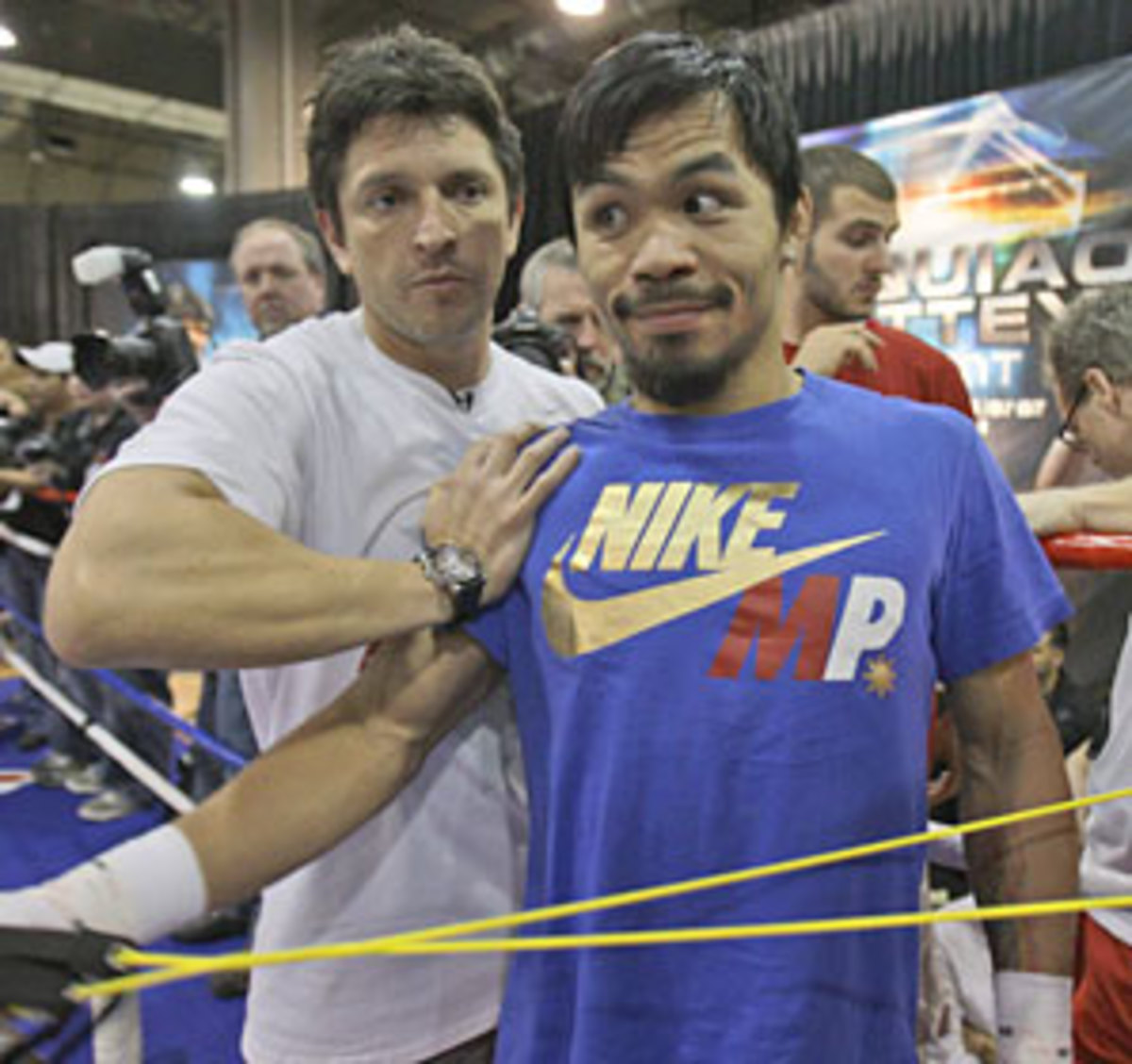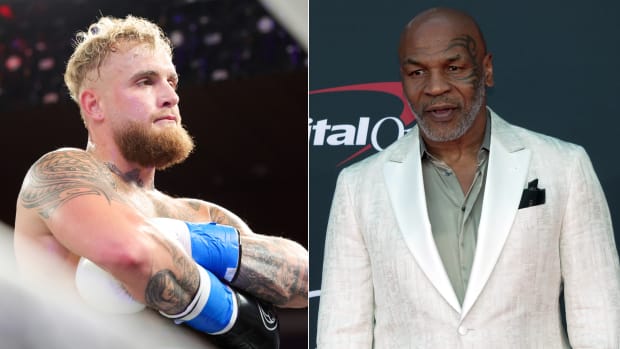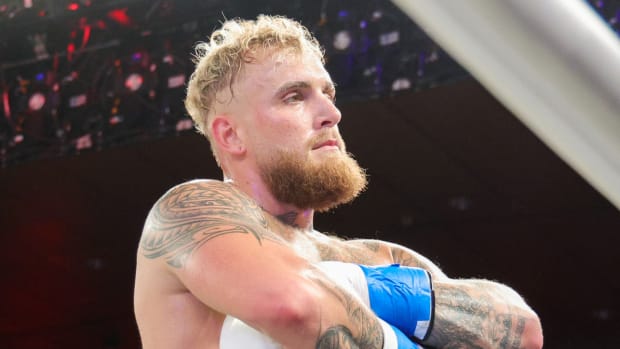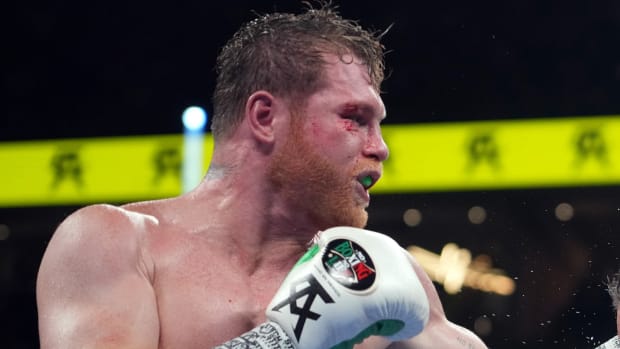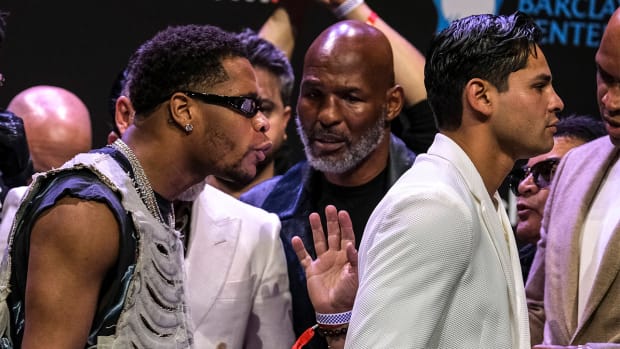Strength coach Ariza is architect behind Pacquiao's historic ascent
Sylvester Stallone's iconic training sequence in Rocky goes something like this: run, do one-handed push-ups, punch meat carcasses, repeat. By ceaselessly perfecting the same basic workouts, he primes himself for an upcoming fight. It's a microcosm of traditional boxing preparation.
It's also counter to the training of Manny Pacquiao, whose unorthodox method is a major reason for his unprecedented success. He's the first boxer to win world titles in seven different weight classes -- from 112 to 147 pounds -- and he'll challenge for his eighth in Saturday's highly anticipated bout with Antonio Margarito. He's ascended through weight divisions while maintaining his signature speed. The question begs to be asked: Just what is he doing so differently?
"[He's] never seeing the same thing twice," Alex Ariza said Wednesday. "He's not getting accustomed to doing any of the exercises."
Ariza is Pacquiao's strength and conditioning coach, the man behind the Manny. He was brought in to treat Pacquiao's shoulder before his rematch with Juan Manuel Marquez in 2008, and was asked to overhaul his entire training regimen just a few weeks later.
"I told him, 'If you're going get to the next level, you have to change your whole program,' " Ariza said.
Pacquiao's problem was fatigue, a result of repetition. By doing the same drills over and over, his body was getting used to the movements. Muscle memory -- the process by which the human body learns to perform repeated tasks with less effort -- was making it increasingly tiresome to complete motions that were different from the ones he practiced. His body was conditioned to carry out only a handful of specific executions.
That's where Ariza came in. He's placed Pacquiao on a program where the boxer rotates through various pools of exercises, mixing and matching from up to four different workout plans at once. The system doesn't afford Pacquiao's body the time to adjust to any one movement, so he's able to guarantee each training session is effective. By avoiding falling into a routine, Pacquiao can keep his muscles energized as he continues to put on weight.
The key is ballistic training, a series of short, explosive movements that replicate what goes on in a boxing ring. It's a dynamic lifting that focuses on building speed in muscles, Pacquiao's means for upending bigger opponents.
"You're focusing on fast-twitch muscle fibers and doing quick movements so the body will adjust to having that extra weight," Ariza said. "I simulate their footwork, their side-to-side movements, their lateral movements and, of course, their hand speed."
Before that process can begin, he relies on trainer Freddie Roach to provide him with strategy. Roach consults with Pacquiao to decide his approach for each opponent -- most recently full-bodied welterweights like Miguel Cotto, Josh Clottey and Margarito -- months before the match, and the two decide whether he's willing to sacrifice speed for power or vice versa. Ariza then uses that blueprint to craft his entire workout program.
"You just don't grab your fighter and start training," Ariza said. "You have to have a game plan."
The final element is nutrition. Ariza has completely altered Pacquiao's eating habits, implementing a heavy diet of proteins such as fish, poultry and beef. He's also introduced pre- and post-workout supplements to aid muscle recovery, something that was lacking before 2008.
"I think he was taking a Centrum," Ariza said. "You're probably better off taking a chewable Flintstones [vitamin]."
If the process sounds at all complicated, that's because it is. It's a gradual, almost scientific method for molding Pacquiao's body into an ideal shape based on his opponent. It's undoubtedly working: He's 5-0 with four knockouts since Ariza's addition.
That type of track record would seem to lend itself to widespread adoption of Ariza's techniques. In the tradition-rich world of boxing, however, that's not been the case. Trainers refuse to rework their methods, continually sending boxers to put on plastics or sit in the sauna to make weight. Their collective reluctance baffles Ariza.
"In a sport that has millions and millions of dollars, you still don't have the basic nutritionists to help them take their fighters to the next level," he said. "I don't know how to explain it."
He's not dwelling on the issue, as his attention is focused on Saturday's fight. At 5-foot-11, Margarito possesses a much longer wingspan than the 5-foot-6 Pacquiao, and the fight's catch weight of 150 pounds is much better suited to Margarito's larger frame. It should be Pacquiao's toughest test to date.
If anyone is up to the challenge, it's Pacquiao, though, who continues to defy traditional logic as he conquers each weight class. Ariza certainly believes he's ready.
"I train my guys like soldiers," he said. "Physically and mentally, I put you through the worst thing I can possibly do. That way, there's nothing that's going to happen inside that ring that I have not already put you through."
